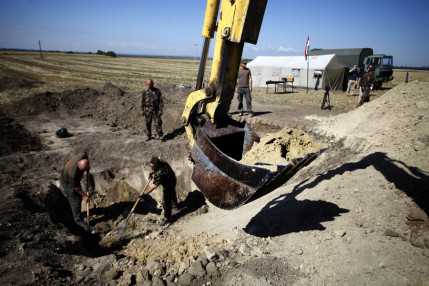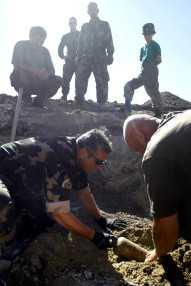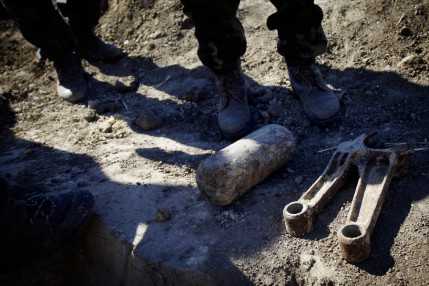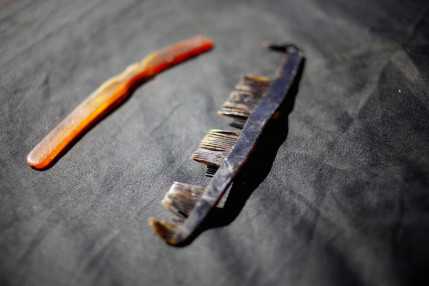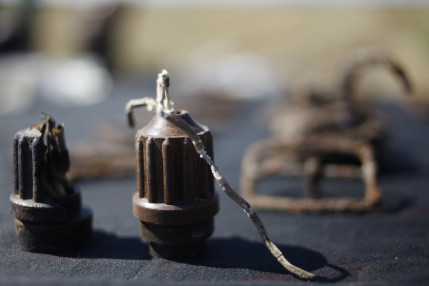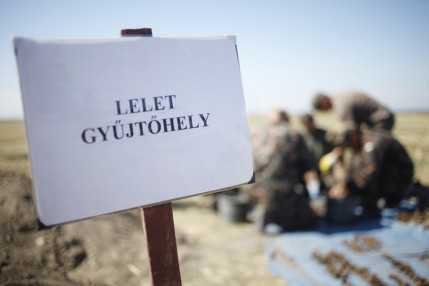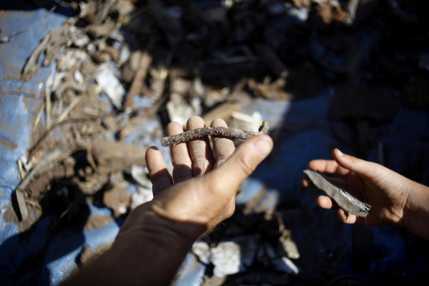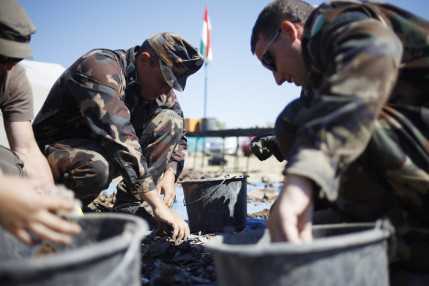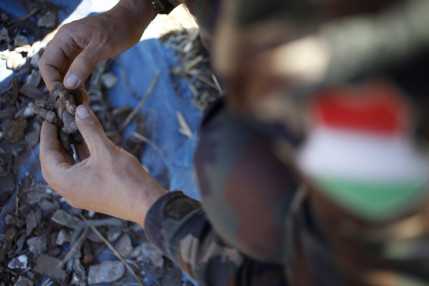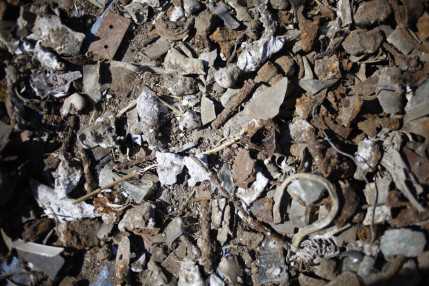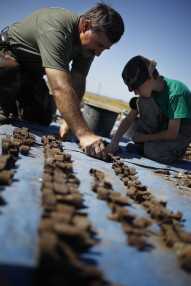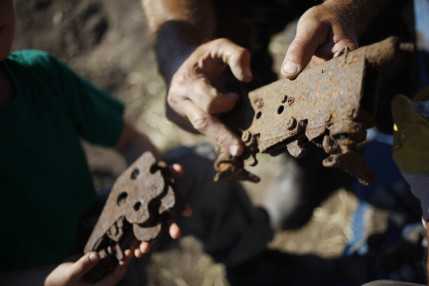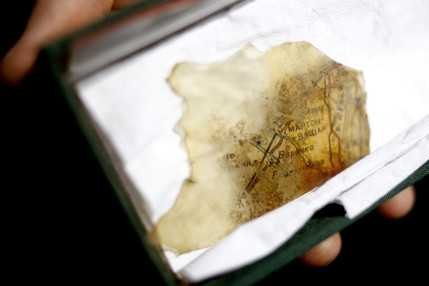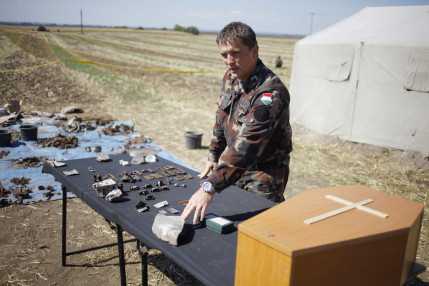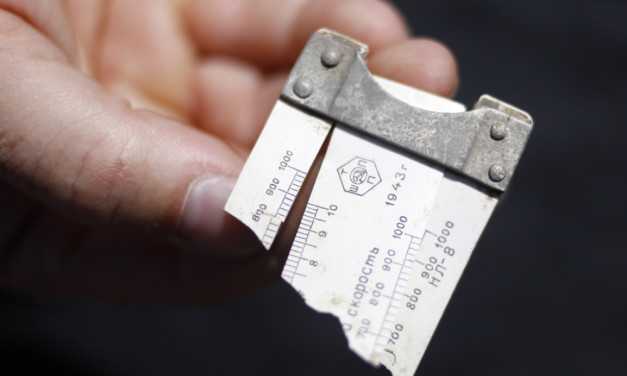„Flying Tank” Found on the Edge of Seregélyes
Szöveg: Dániel Kovács | 2013. szeptember 11. 10:31Another WWII aircraft wreckage was recently unearthed in Hungary, which means that another victim of World War II can find his final resting place in his homeland, thanks to the wreck-hunters of the Szolnok Aviation History Display Site operated by the HDF 86th Szolnok Helicopter Base, who are responsible for researching the history and discovering historical traces of Hungarian military aviation.
Galéria
The Il–2 was the most famous Soviet ground attack aircraft of World War II, and was mainly used to attack moving targets on the ground like trucks and tanks, but in later years of the war it was assigned a role in preliminary air strikes before major bombing raids. More than 36,000 units were produced of the “flying tank", as it was called, yet just a few of them survived and became museum pieces later.

Despite its effectiveness, the Il–2 was to be the aircraft type that suffered the heaviest losses during World War II. Due to its relatively large size and slowness, it was an easy prey for fighters. Hundreds of aircraft of this type crashed during the air battles fought over Hungary. In many cases, in the heat of battles there was no chance to find the dead air crews of the downed warplanes, so many Soviet pilots and gunners sleep their eternal sleep to the present day at unknown places, deep under the arable lands, in the wreckage of their planes.
“Soldiers and civilians did their share in the extensive excavation works, during which we exhumed the pilot’s mortal remains too. To be able to do that, we needed to unearth the remains of the aircraft as well", WO Károly Magó, the leader of the excavation told us on the spot.

He added that although the local people had already collected the structural elements of the aircraft that broke up to pieces in the crash, together with most of its engine parts, the aircraft and its pilot were identifiable even close to 70 years later. To achieve this, they needed to check several pieces of information. One clue was provided by a piece from the exploded crankcase of the engine, which bears the last two digits of the serial number, “58". This matches that of an Il–2 that went missing in the area of Seregélyes in March 1945. We also know that one crewmember of this aircraft, Lt. Vorobjev, the pilot lost his life, since the radio operator/gunner, Staff Sergeant Subothin managed to exit the plane just in time.
This is supported by an expert opinion which says that the remains exhumed from the unearthed wreckage are all linked to a single person. The Hungarian wreck-hunters will transfer them to the Russian partners who are going to do the official identification.
Although only a few pieces of the aircraft have been uncovered, during the excavations many objects have been found that may be related to the pilot. These include parachute harness straps, component parts, a comb, a toothbrush, and the pilot’s map case, which preserves some conserved pieces of maps, including one with Cyrillic script on it, which shows the area of Martonvásár and Baracska, together with an accompanying NL-8 navigation ruler.
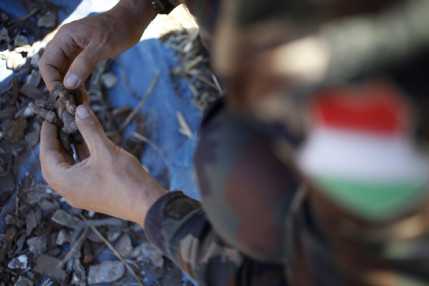
Péter Horváth, the “discoverer" of the aircraft told us that he had got to the site for the first time ten years earlier, drawing on the surviving accounts from one-time eyewitnesses. At that point, the type of the aircraft was unknown. It was then that he started sweeping the area with a metal detector, until he found the crash crater two years ago.
Boris Davidov, an expert from Moscow was present at the excavation at Seregélyes and helped the work by providing information. In answer to our question, he told us that he hoped that Hungarian researches would have more opportunity in the future to visit Russia, where they can continue this successful cooperation which has been going on for several years.

Photo: Veronika Dévényi
